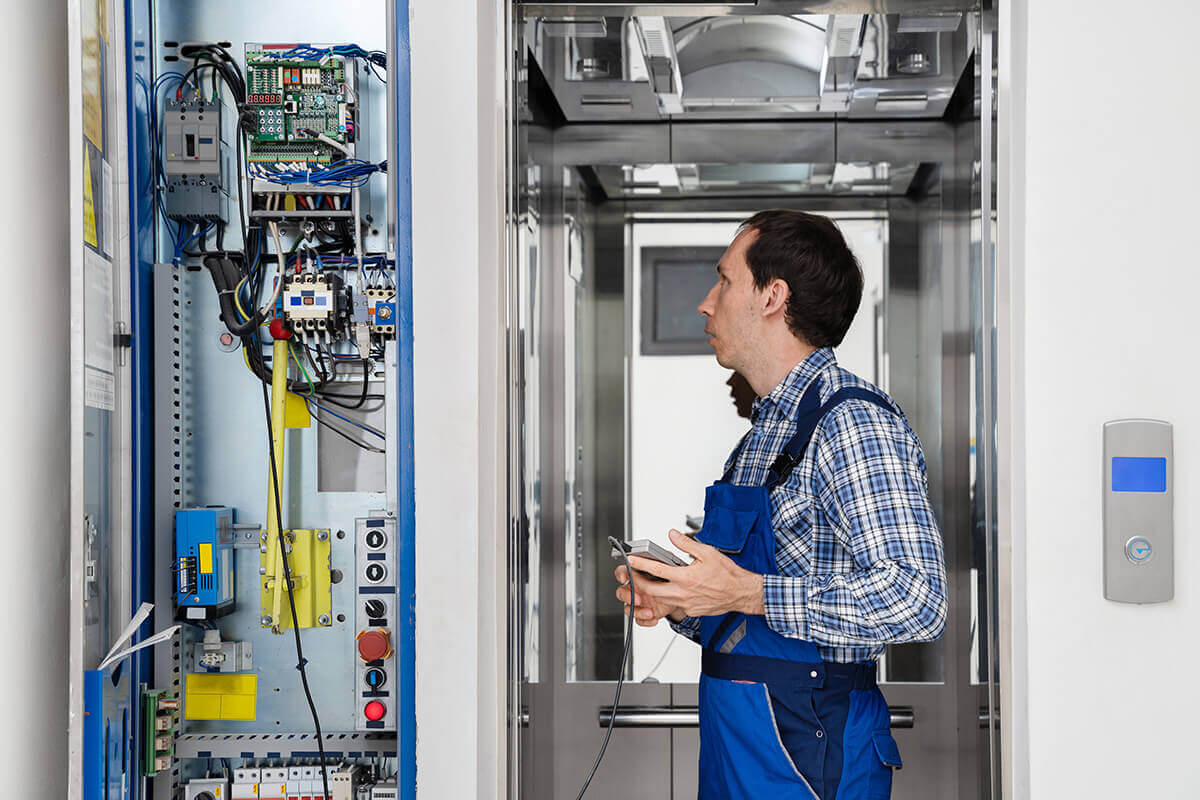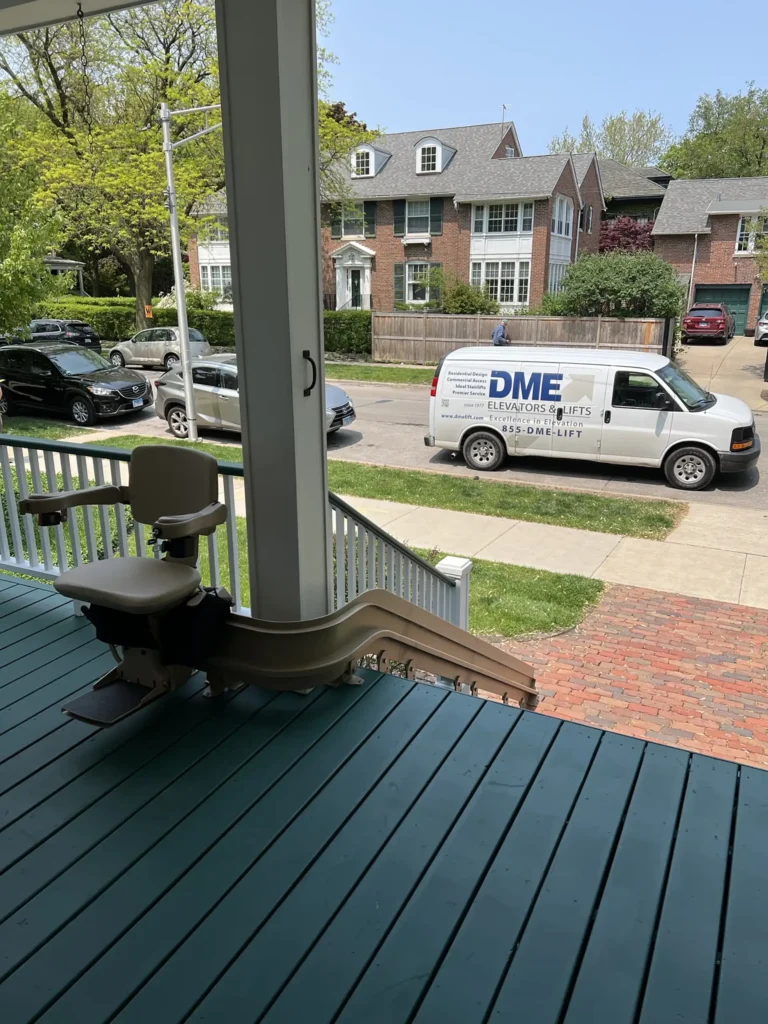Expert Lift Engineer Course: Educating for Leading Lift Repair Companies Near Me
Wiki Article
Comprehensive Guide to Elevator Equipments and Their Maintenance
Navigating the complex globe of elevator systems and their upkeep is a task that demands accuracy and expertise. From the numerous types of lift systems in usage to the meticulous adherence to security regulations, the upkeep of these vertical transportation gadgets is a complex undertaking.Types of Elevator Systems
The most common kinds consist of hydraulic elevators, traction lifts, machine-room-less lifts, and vacuum elevators. Hydraulic lifts are ideal for low-rise buildings and utilize a hydraulic piston to relocate the lift auto. Machine-room-less lifts are a space-saving option as they do not require a separate equipment space for the lift equipment.Each type of lift system has its own benefits and drawbacks, making it vital for structure owners and developers to meticulously consider their details needs prior to selecting the most appropriate choice. Factors such as constructing height, room schedule, power performance, and budget plan restrictions all play a significant duty in figuring out the very best lift system for a particular structure.
Common Maintenance Issues
Regular upkeep of lift systems is crucial to make certain smooth procedure and extend their life-span. Despite normal maintenance, lift systems can still come across usual upkeep problems that need to be promptly dealt with to stop interruptions in solution. Among one of the most constant concerns is door breakdowns. Elevator doors might get misaligned, leading to concerns with opening and closing correctly. This can cause hold-ups and security risks, requiring instant focus from upkeep technicians. One more typical problem is associated with the lift's leveling accuracy. Passengers may experience tripping risks and pain if the elevator does not line up appropriately with the floorings. Furthermore, issues with the control system, such as sensor problems or electric problems, can cause the lift to malfunction or quit working entirely. Regular examinations and proactive maintenance can aid identify and solve these usual upkeep issues prior to they intensify and affect the total performance of the elevator system.
Safety And Security Regulations and Compliance
Complying with stringent safety and security laws and making sure conformity with industry requirements are vital for maintaining the operational integrity of elevator systems. Elevators go through a detailed collection of safety regulations to secure passengers, upkeep personnel, and the basic public. Governing bodies such as the Occupational Security and Wellness Management (OSHA) in the United States and the European Lift Association (ELA) in Europe establish standards that cover numerous facets of click site lift style, upkeep, installation, and operation.Compliance with these policies is not just a legal need yet likewise an ethical commitment for structure proprietors and elevator maintenance business. Failing to fulfill security requirements can result in fines, lawful liabilities, and, most importantly, jeopardize the security of individuals utilizing the elevator. Routine evaluations, upkeep checks, and adherence to security procedures outlined in the guidelines are crucial to ensure the risk-free and effective procedure of lift systems. By prioritizing safety guidelines and conformity, stakeholders can support the trust fund of the public and alleviate potential threats connected with lift use.
Ideal Practices for Upkeep

An additional vital best method is to immediately attend to any type of noted concerns or uncommon sounds to avoid additional company website damages. Carrying out a positive technique to upkeep can save money and time over time by staying clear of pricey repair services or replacements. Building owners should additionally consider buying modernization upgrades to boost the efficiency and safety of their lift systems. By adhering to these finest methods, elevator systems can operate efficiently and safely, providing reputable vertical transportation for occupants.

Advanced Technologies for Performance
Implementing cutting-edge technologies in elevator systems can substantially improve functional effectiveness and traveler experience. These systems allow travelers to input their preferred floor before entering the elevator, which after that directs them to the most reliable vehicle.Moreover, the combination of wise sensors and predictive maintenance abilities has changed lift maintenance. These sensing units can find prospective problems before they rise, making it possible for proactive maintenance interventions and lessening downtime. Furthermore, the usage of energy-efficient elements and regenerative drives assists decrease power consumption and operating expense in elevator systems.
Additionally, the implementation of cloud-based tracking and remote diagnostics permits real-time monitoring of lift efficiency and immediate troubleshooting of any type of malfunctions. This positive technique not only enhances system dependability but also boosts the general customer experience by ensuring nonstop and smooth lift procedures.
Verdict
Finally, recognizing the different sorts of elevator systems, usual upkeep issues, security laws, finest maintenance practices, and advanced modern technologies for performance is critical for guaranteeing the smooth operation of lifts. By adhering to safety guidelines and applying ideal techniques for maintenance, building owners can prolong the life expectancy of their a knockout post lift systems and make certain the safety of guests. It is essential to stay updated on the most recent advancements in elevator technology to enhance performance and integrity.The most typical kinds consist of hydraulic elevators, grip elevators, machine-room-less lifts, and vacuum lifts. Hydraulic lifts are ideal for low-rise structures and use a hydraulic piston to move the elevator automobile. Machine-room-less lifts are a space-saving alternative as they do not need a different machine room for the elevator equipment. Normal evaluations and positive maintenance can assist determine and deal with these common upkeep issues before they escalate and influence the general performance of the lift system.

Report this wiki page